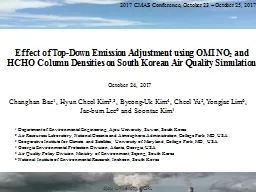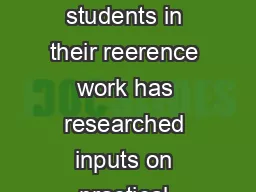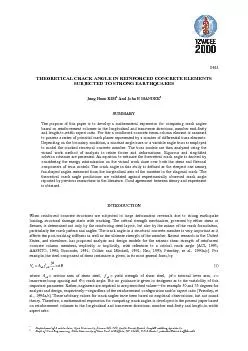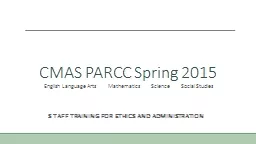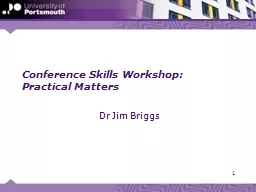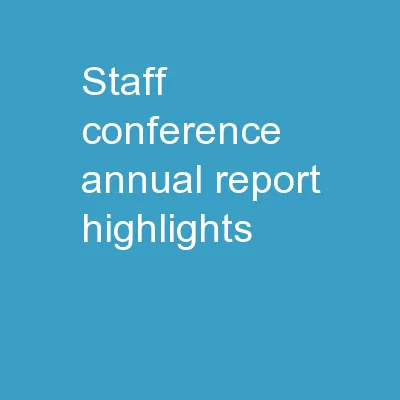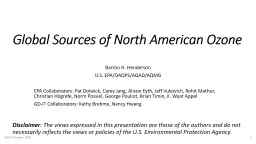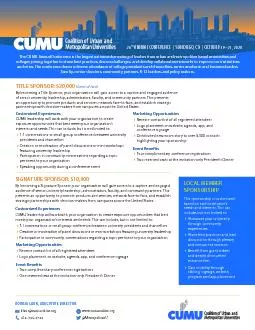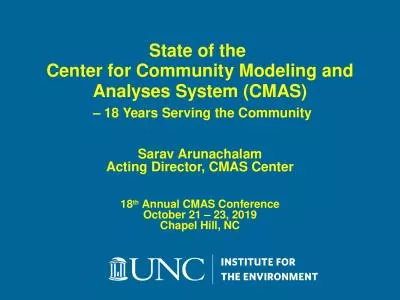PPT-Ajou University, AQRL October 24, 2017 2017 CMAS Conference, October 23 ~ October 25,
Author : marina-yarberry | Published Date : 2019-11-02
Ajou University AQRL October 24 2017 2017 CMAS Conference October 23 October 25 2017 Effect of TopDown Emission Adjustment using OMI NO 2 and HCHO Column Densities
Presentation Embed Code
Download Presentation
Download Presentation The PPT/PDF document "Ajou University, AQRL October 24, 2017 2..." is the property of its rightful owner. Permission is granted to download and print the materials on this website for personal, non-commercial use only, and to display it on your personal computer provided you do not modify the materials and that you retain all copyright notices contained in the materials. By downloading content from our website, you accept the terms of this agreement.
Ajou University, AQRL October 24, 2017 2017 CMAS Conference, October 23 ~ October 25,: Transcript
Download Rules Of Document
"Ajou University, AQRL October 24, 2017 2017 CMAS Conference, October 23 ~ October 25,"The content belongs to its owner. You may download and print it for personal use, without modification, and keep all copyright notices. By downloading, you agree to these terms.
Related Documents

